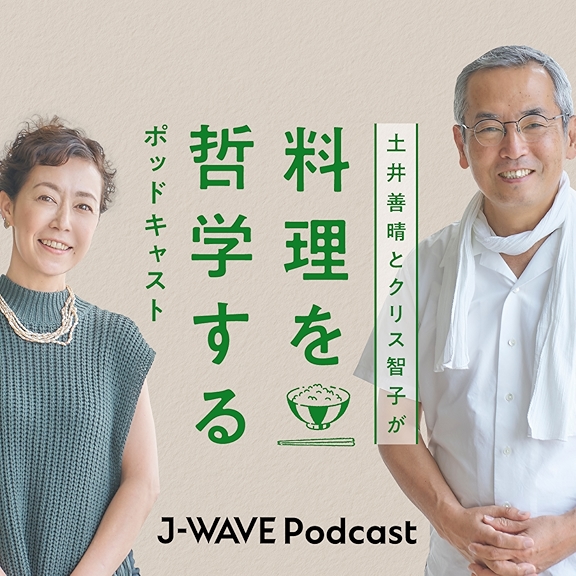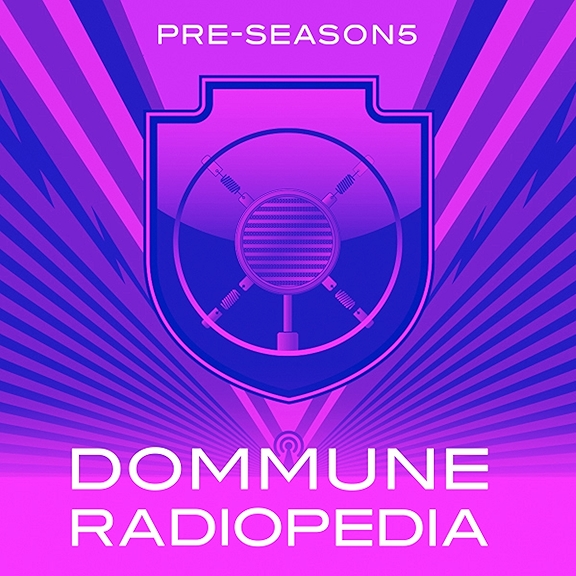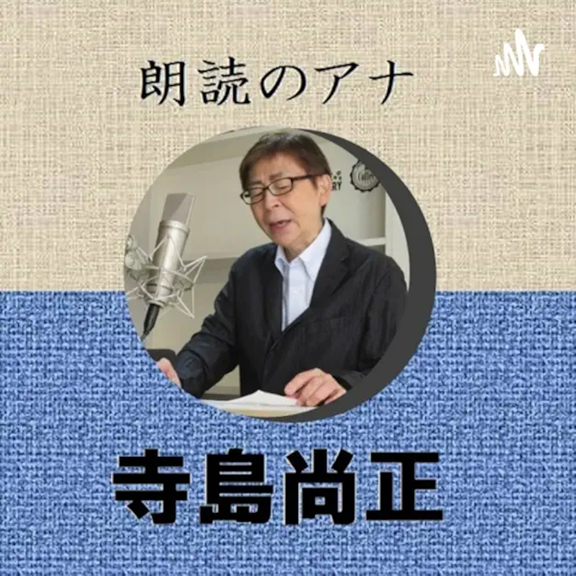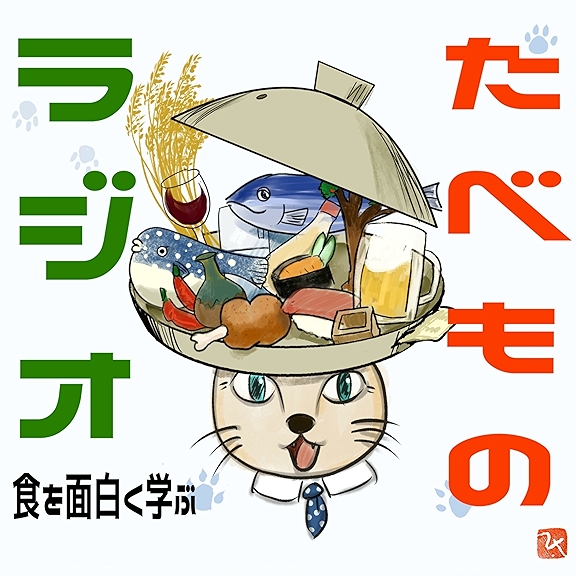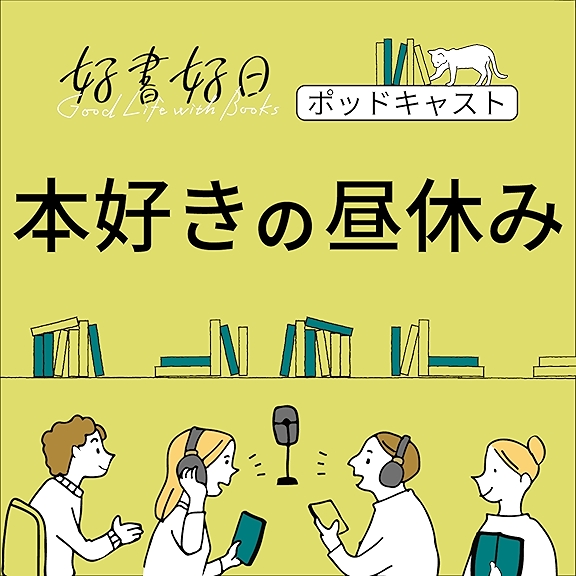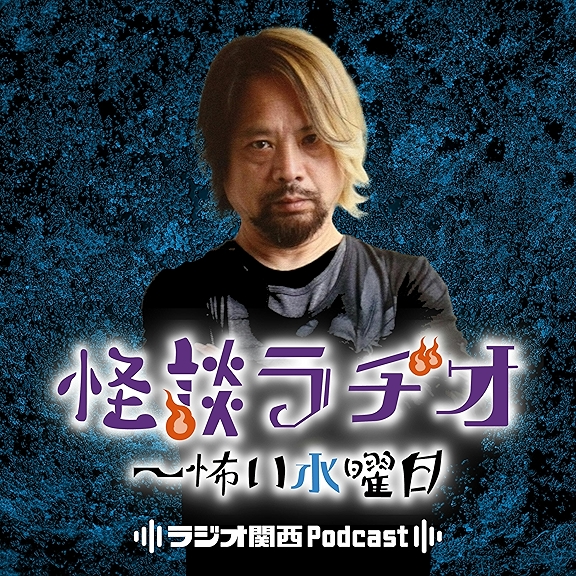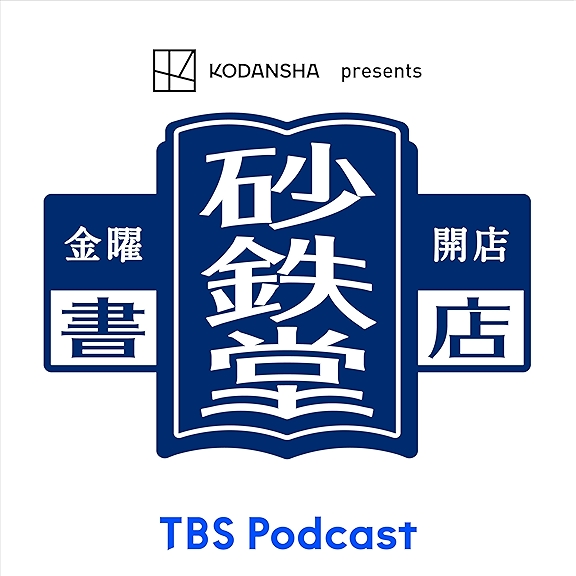
As Shakespeare once said, "A rose by another other name is still a rose" and for the latest episode of the Ascend UX Podcast, we wanted to see if those words ring true in the realm of Design.
There are a lot of buzzwords out there today to explain the different roles of a Designer. For our latest episode, we (virtually) travelled to Lebanon, Spain and India to understand the role of a Product Designer.
Check out the advice and insights shared with us from Alaa Kabalan co-founder at 247studios, Marynes Rojas Fidalgo Circular Designer & host of the podcast Podcast Diseño Circular and Jaivardhan Singh Channey founder of Studio Mesmer.
As always remember to like, share and subscribe for future episodes as we uncover the experience of User Experience Design.


